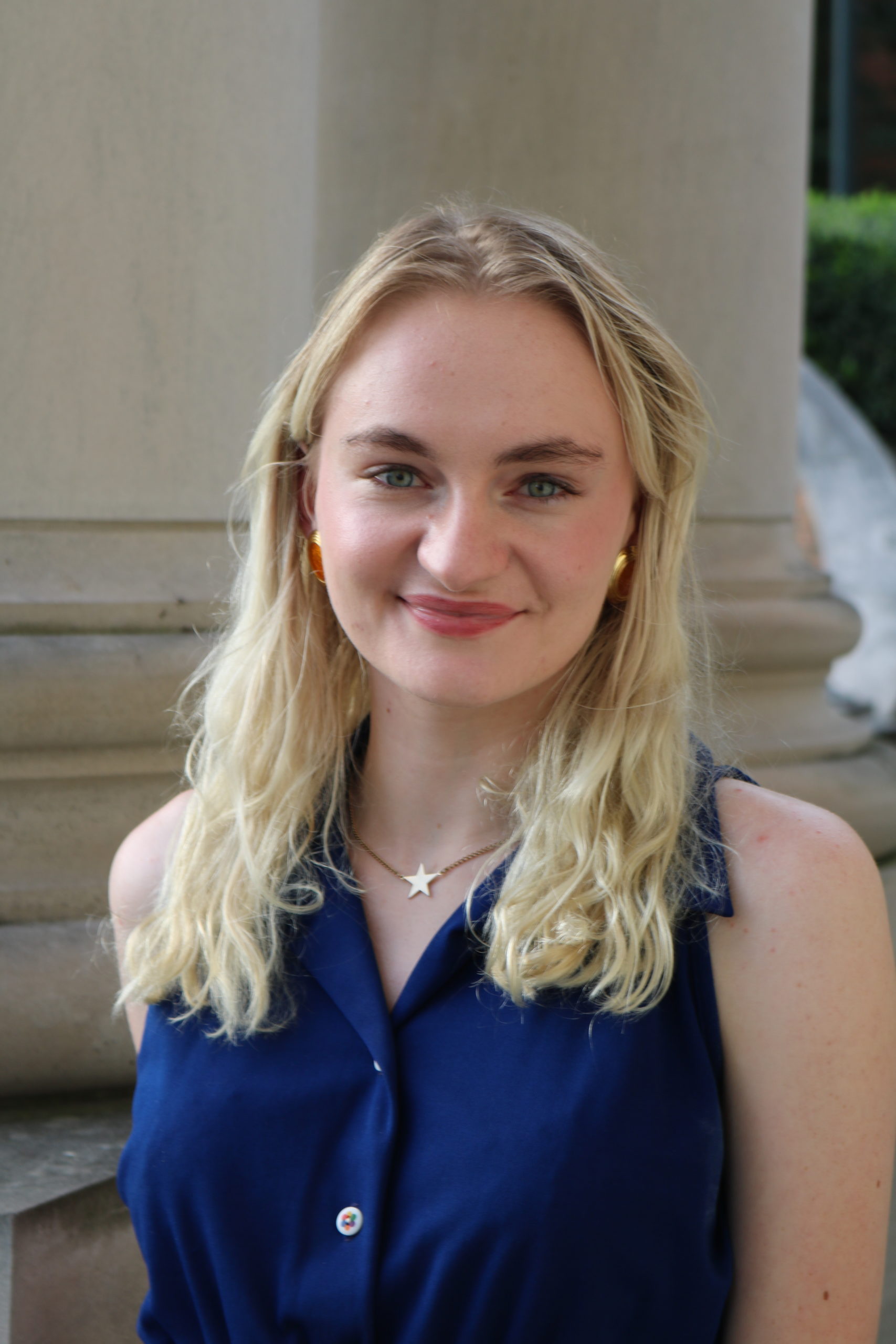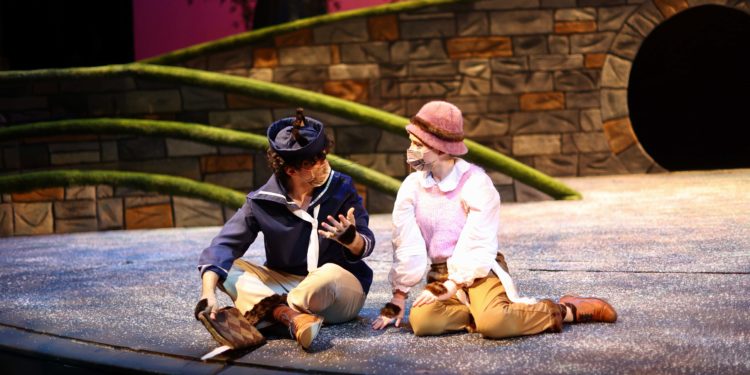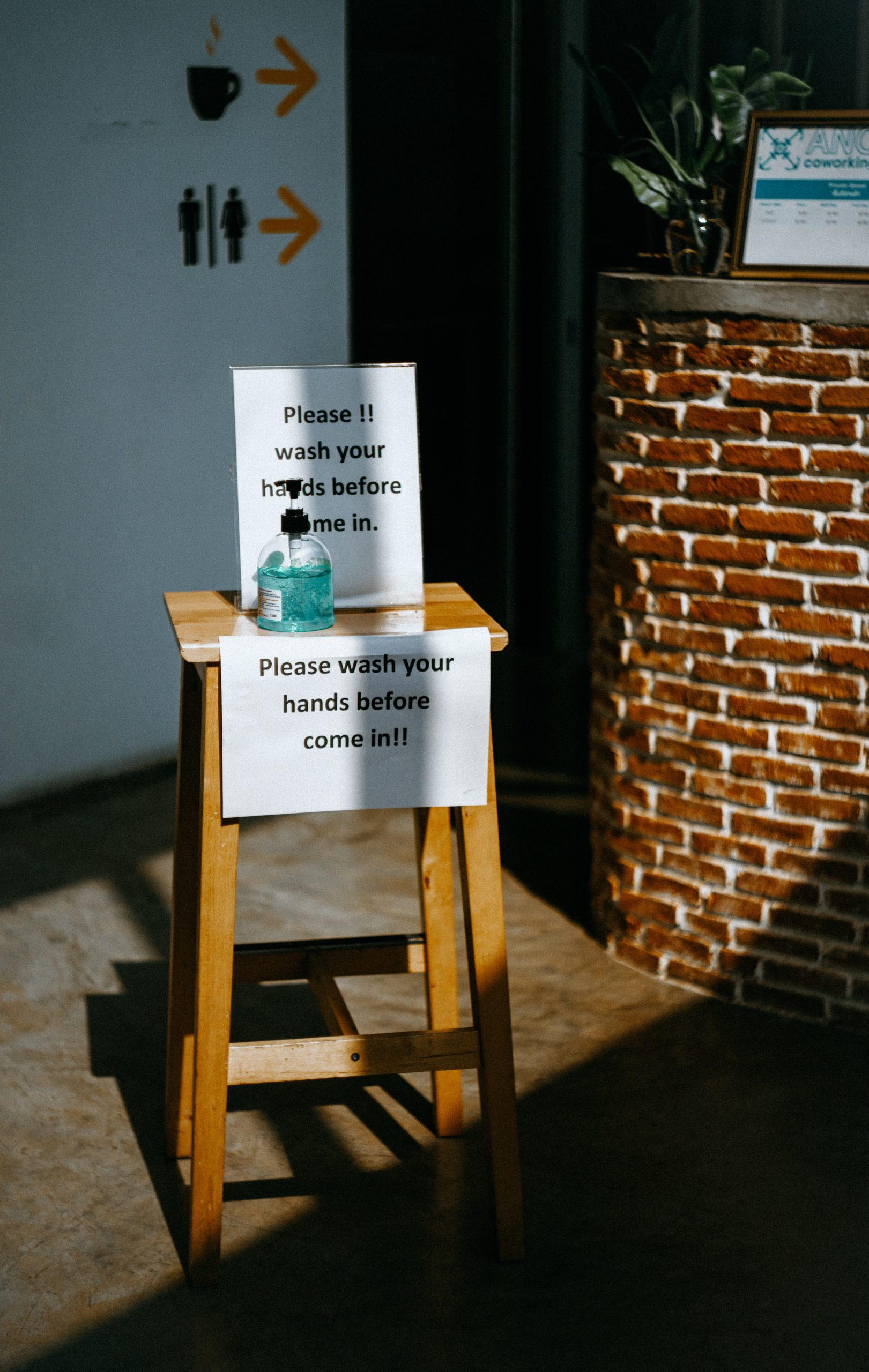From Oct. 1 through Oct. 3, Harrison Theatre came to life as Samford’s Theatre for Youth Program performed “The Wind in the Willows.”
The play features shy Mole as she embarks on a journey of discovery after she is encouraged to venture out of her hole by her faithful friend Rat. But as the harmony of the forest is disrupted by Toad’s newfound obsession for crashing automobiles, Mole must rally her community to come together, ward off the thieving weasel bandits, and save Toad from himself.
Charlotte Godat, the actress who played Mole, talked about the character’s journey.
“Throughout the show, (the audience) follows Mole with her curiosity, learning how to be brave, and live out in the world,” Godat said. “While that’s going on, Toad is wreaking mayhem on everything.”
The actor who played Toad, junior Theatre for Youth major Braydie Aldrich, discussed the theme of the play.
“The story is about friendship, happiness, and wellbeing. They’re really important themes, especially for younger audiences to see. It seemed like the kids really enjoyed the show. They had a fun time,” Aldrich said.
In “The Wind in the Willows,” Toad becomes enamored with cars, despite not knowing how to drive. He purchases cars, crashes them, and hops out of the wreckage determined to keep going despite the harm it causes to his friends and his community.
When Aldrich first read the play for one of his classes, he was immediately drawn to the character of Toad, so when auditions occurred for “The Wind in the Willows,” he knew the character he wanted to play.
“I was like, ‘this character is so much fun, and I feel like I can bring some fun elements to the table.’ And we had auditions, and I was like, ‘oh my gosh, I’m really going to try for this role,’” Aldrich said. “It ended up working out, thank goodness. It’s probably the most fun role I’ve ever done.”
The Theatre department held auditions for “The Wind in the Willows” in the spring semester. Every actor submitted a virtual audition, and if they passed the first round, they then performed their desired character’s monologue at callbacks.
While Aldrich was ready to pour himself into Toad’s monologue, Godat was surprised she got the callback. Godat isn’t a Theatre for Youth major and had never been in a children’s production before, so being cast as Mole was a new experience for her.
“There was just this level of play that I hadn’t done in a show before, letting loose, making weird discoveries. It changes the way I act in a show,” Godat said. “It was hard at first, but once I made that discovery, I just kept making more and more.”
Rehearsals started once students returned for the fall semester. The first few weeks were dedicated to bonding as a cast, learning how to work as an ensemble, and exploring the characters.
Godat explained that part of this rehearsal process entailed the actors researching their specific animals, and trying to learn how to move as an animal would.
“I had never been in a show where I played an animal and it took me a while just to get used to, to get on all fours, have terrible posture, and sniff some things and let it come naturally like how Mole would do it in that situation,” Godat said.
Rehearsals also created a fun environment for the actors to explore their roles. Aldrich shared that the support and love between the cast members allowed them to let loose and laugh during rehearsals.
“I feel like in some parts of rehearsal when we were experimenting, all of us broke character. I mean we had a badger, a toad, an otter, a rat, and a mole, and we were experimenting with animal movements. It was so weird, so we were just laughing at each other all the time,” Aldrich said. “But once we got to dress rehearsals, we were really in it. We were so confident in the story and how it was going to go that we just went with it and didn’t really break at all.”
Because Harrison Theatre was undergoing renovations and only recently reopened, rehearsals were held in the Wright Center with tape on the ground marking where the set pieces would be. A week before opening night, the cast was finally able to perform on the set, and a few adjustments had to be made.
Aldrich, for example, wasn’t expecting to slide down the grassy hills. But when he got on the set, he realized his dress shoes offered next to no traction. In addition, Aldrich’s costume consisted of multiple layers of clothing and padding to create the Toad shape which made it difficult for him to run around the stage all performance long.
“It was probably the most physical piece of theatre that I have ever done in my life. Keeping that energy throughout the whole show with all those layers on, and keeping my breath was really difficult,” Aldrich said. “When we first got on set, it was definitely an adjustment, but once we did a run through once or twice, it was really simple.”
For Godat, being on set allowed her to get a better feel for her character.
“It was honestly easier to be Mole in that environment, having the grass onstage, and getting to be able to come out of an actual hole instead of just tape on the Wright Center stage,” Godat said. “Once we actually got to be in Harrison, I think we all got to be a lot more comfortable with our characters in the environment.”
There were multiple showings of “The Wind in the Willows,” including a day where the cast performed multiple shows for visiting schools. The cast hosted a meet and greet with the kids after one of those performances.
Godat shared that performing live in front of an audience of children was a special experience.
“It was amazing being able to hear people applaud and laughing at some of the lines we would say,” Godat said. “I remember during the scene where the weasels are about to kidnap Mole, I remember the kids in the audience would shout ‘watch out!’ It was just funny hearing some of their feedback.”
Aldrich agreed and said that returning to the stage after the COVID-19 pandemic was an unforgettable feeling.
“Bringing (“The Wind in the Willows”) to life was a joy, and having an audience to see that and react to it was so awesome,” Aldrich said. “Especially after not having an audience for a really long time.”

Editor-in-Chief






